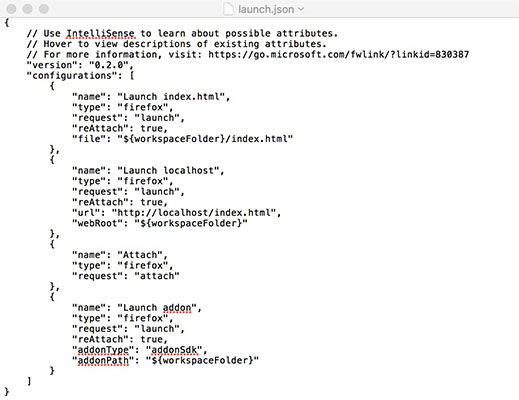

# Add the fitted values as a new column in the dataframeĭiamonds $value.lm <- diamonds.lm $fitted.values We’ll assign the result of the function to a new object called diamonds.lm: Because value is the dependent variable, we’ll specify the formula as formula = value ~ weight + clarity + color. To estimate each of the 4 weights, we’ll use lm(). \(\beta_\) is the baseline value of a diamond with a value of 0 in all independent variables. The linear model will estimate each diamond’s value using the following equation: Our goal is to come up with a linear model we can use to estimate the value of each diamond (DV = value) as a linear combination of three independent variables: its weight, clarity, and color. # weight clarity color value value.lm weight.c clarity.c value.g190

12.3.1 Complex plot layouts with layout().12.3 Arranging plots with par(mfrow) and layout().11.10 Test your R might! Purdy pictures.11.8 Saving plots to a file with pdf(), jpeg() and png().11.7.5 Combining text and numbers with paste().

10.6 Test your R might!: Mmmmm…caffeine.9.6.3 Reading files directly from a web URL.9.1.1 Why object and file management is so important.8.7 Test your R might! Pirates and superheroes.7.3.1 Ex: Fixing invalid responses to a Happiness survey.7.2.2 Counts and percentages from logical vectors.6.2.3 Sample statistics from random samples.6.2.2 Additional numeric vector functions.4.4.4 Example: Pirates of The Caribbean.
R STUDIO COMMANDS REGRESSION CODE
4.3.1 Commenting code with the # (pound) sign.4.3 A brief style guide: Commenting and spacing.4.2.1 Send code from an source to the console.1.5.2 Getting R help and inspiration online.


 0 kommentar(er)
0 kommentar(er)
